At a Glance
Quick Tips
- Scout and learn the unit, it is big country
- Have a detailed map that shows road access
- Let optics cover the ground for you
- There are some remote areas for those wanting solitude


This unit is located in the northern part of the state with varied terrain and good public access.
In the spring, the bear’s diet generally consists of grass, and forbs, and they will be relatively close to water sources. Most bear movement will take place during the early morning and evening hours. Their movement will continue to increase as hunts progress. The black bears’ mating season will reach its peak around the month of June. Expect bears to be covering ground and looking for opportunistic meals. Their diet will transition from grasses to more substantial foods such as acorns, pine nuts, and berries.
King’s Peak, the highest peak in the state, is in this unit. The mountain peaks above timberline lead to alpine basins that hold the headwaters to the creek drainages that lead down to the valley floor. Most of the drainages are steep and heavily forested and just out of the valley floor are rolling foothills. There are several areas of private land located in the canyon bottoms. The unit has small mountain lakes with good fishing for trout.
Much of the unit is part of the High Uintas Wilderness in the Ashley National Forest, giving great public access. There is road access on all sides of the unit with well-maintained dirt roads leading to less-maintained 4-wheel- drive roads and ATV trails. In the wilderness area, you are limited to hiking and horseback only. The southern part of the unit is mainly private property or part of the Uintah and Ouray Indian Reservation. Some of the main access points to the High Uintas Wilderness areas include Uinta Canyon Trailhead, Lake Fork Trailhead, Chepeta Trailhead, Dry Gulch road, and Rock Creek Trailhead.
Low elevations on this unit have dry, desert rolling hills and flats. Some grass, prickly-pear cactus and sagebrush with scattered pinyon pines and juniper trees. Middle elevations are covered in ponderosa pines and oak brush while sagebrush continues throughout this elevation. Higher elevations have scattered aspen groves with steep slopes covered in conifer forests. The mountain tops have large grassy meadows with ponds, thick aspen and conifer forest leading up above timberline where grass, wildflowers and rock scrabble cover the peaks.
Many hunters camp along roads, there are several areas that have good, flat camping locations for travel trailers or tents. There are a couple of designated campgrounds open to the public. Expect to see tourist hiking and camping in the wilderness area. Duchesne and Roosevelt are towns on the south end of the unit that offer lodging.
ATVs recommended
4-wheel-drive recommended
Arrive early for better camping locations
Expect to camp near other hunters